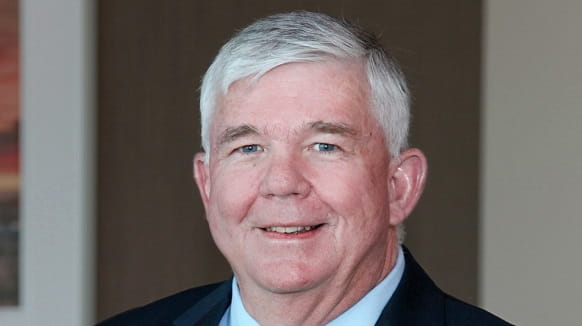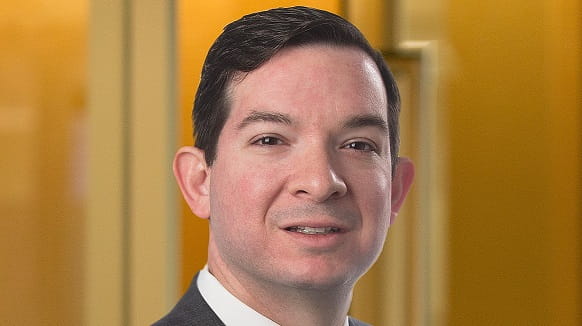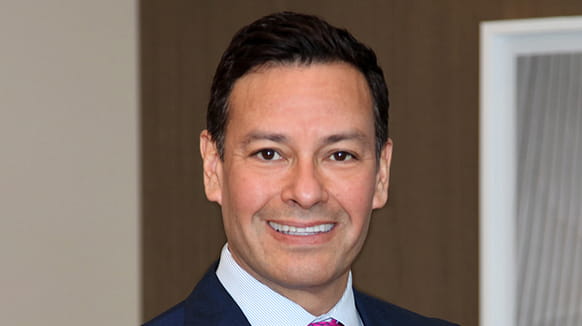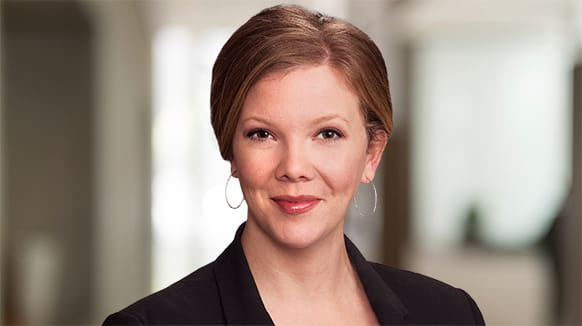Last week, the Seventh Circuit Court of Appeals acknowledged what many brokers and policyholders have long maintained both when litigating claims and underwriting policies—a broad breach of contract exclusion renders professional liability coverage in an E&O policy meaningless and illusory.
In Crum & Forster Specialty Insurance Company v. DVO, Inc.,1 the Seventh Circuit considered an underlying lawsuit brought by a customer, WTE-S&S AG Enterprise, LLC (“WTE”), against a service provider and policyholder, DVO, Inc. WTE alleged that DVO breached its contract with WTE by failing to design and build an anaerobic digester that would convert biowaste into biogas for use in generating electricity. DVO tendered the lawsuit to its professional liability carrier, Crum & Forster Specialty Insurance Company (“Crum”), under an E&O policy, which both included (1) coverage for damages resulting from DVO’s “wrongful acts”; and (2) an endorsed exclusion providing that the policy does not apply to damages based upon or arising out of a breach of contract (the “Contract Exclusion”).
After briefly defending under reservation of rights, Crum withdrew and denied coverage under the policy’s Contract Exclusion. In subsequent litigation between Crum and DVO, the district court rejected DVO’s argument that the Contract Exclusion rendered coverage illusory. Instead, the district court reasoned that the policy’s professional liability coverage would still apply to third-party claims, and the policy could be reformed to allow for this coverage if it was otherwise deemed to be illusory.
On appeal, the Seventh Circuit reversed and remanded after observing that “[t]he overlap between claims of professional malpractice and breach of contract is complete.” Therefore, “the breach of contract exclusion in this case rendered the professional liability coverage in the E&O policy illusory.”2 Writing for the panel, Judge Rovner reasoned that the broadly-worded “arising out of” preamble to the Contract Exclusion may be construed to eliminate even third-party tort claims. In any event, as the Court noted, “[t]here is . . . no reason to believe that DVO . . . had a reasonable expectation that it was obtaining insurance only for claims of professional malpractice brought by third parties.”3
Other attempts to argue that a contract exclusion improperly vitiated the coverage intended by a professional liability or errors and omissions policy have been mixed.4 And, admittedly, the DVO decision depends upon an assessment of the insured’s “reasonable expectations” under a doctrine not followed in every jurisdiction. However, the Court’s overriding rationale is beyond dispute. If a professional liability policy denies coverage for claims arising out of a breach of contract, the overwhelming majority of the claims for which E&O coverage is purchased - claims by contracted customers and clients - are at risk of being excluded. The DVO opinion therefore provides welcome support to policyholders seeking coverage for E&O claims. Moreover, particularly in a hardening insurance market, the DVO opinion may provide useful leverage in eliminating or narrowing the terms of any contract exclusion under a professional liability policy up for renewal.
If you have any questions about the DVO opinion, E&O coverage or insurance claims in general, please contact one of Haynes and Boone’s Insurance Coverage Practice Group partners listed below.
1 No. 18-2571, __ F.3d __, 2019 U.S. App. LEXIS 28714, 2019 WL 4594229 (Sept. 23, 2019).
2 2019 U.S. App. LEXIS 28714, at *13.
3 Id. at *14-15.
4 See, e.g., Tankovits v. Del Suppo, Inc., 129 Fed. Appx. 829, 837 (4th Cir. Apr. 29, 2005); Scottsdale Ins. Co. v. Ala. Mun. Ins. Corp., 2013 U.S. Dist. LEXIS 131779, at *22-23 (M.D. Ala. Sept. 16, 2013).





